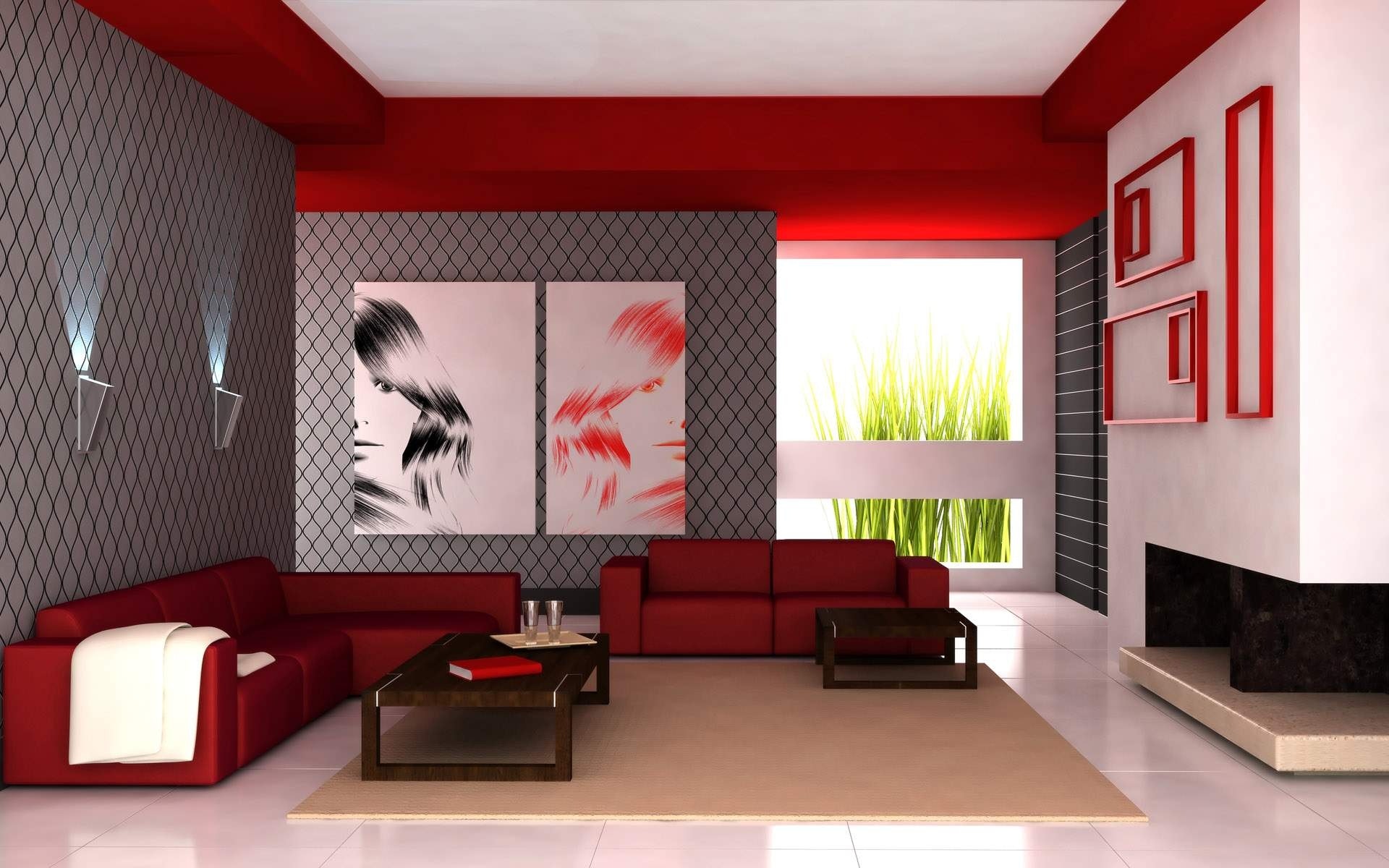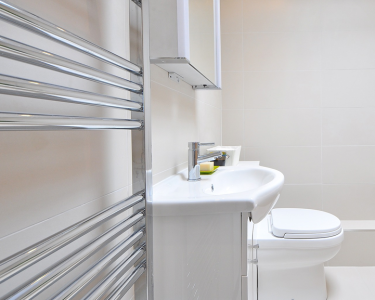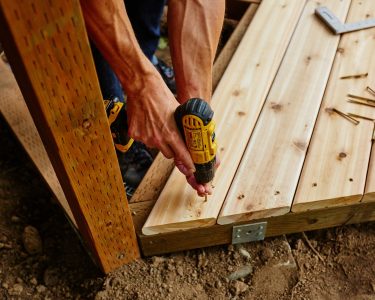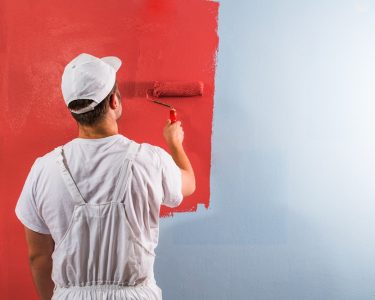Interior design is a dynamic field with trends that constantly evolve, demonstrating the broader shifts in culture, technological advancements, and environmental concerns. Looking back at interior design trends from as recently as 2018 offers a fascinating glimpse into how our aesthetic preferences and priorities have transformed in such a short time. From the rise of sustainability to the impact of the pandemic, let’s take a look at some of the most significant shifts in interior design over the past few years.
The Rise of Sustainability
One of the most prominent changes in interior design since 2018 is the growing emphasis on sustainability and eco-friendly materials. Back in 2018, designers began to embrace sustainable practices, but the movement was still in early stages. These days, sustainability has become a fundamental aspect of interior design. Designers go out of their way to create spaces that are visually appealing and environmentally responsible.
This shift towards sustainability includes the use of recycled materials, energy-efficient lighting, and water-saving fixtures. Designers are also increasingly using locally sourced materials to reduce the carbon footprint that comes with transporting the materials.
Smart Home Technology
The rise of smart home technology has been a game-changer in the interior design world. In 2018, smart homes existed and were starting to get popular, but the technology was still relatively basic. Today, the advancements in smart home technology have fundamentally changed how we interact with our living spaces.
Homeowners can now control lighting, temperature, and security systems with a simple voice command or a tap on their smartphone. This adds a huge amount of convenience while enhancing the functionality and comfort of our homes.
Post-Pandemic Design Shifts
The COVID-19 pandemic had a huge impact on pretty much everything in our lives, and interior design is no exception. The pandemic reshaped our living spaces to accommodate new needs and priorities. Before the pandemic, open floor plans and communal spaces were all the rage. However, the pandemic has shifted the focus towards privacy, comfort, and adaptability.
Home offices, multifunctional spaces, and cozy, comfortable interiors are just a few examples of how the pandemic has influenced interior design. Designers are now prioritizing flexibility, so spaces can adapt to different functions with ease, such as a living room that can double as a workspace or a bedroom that can transform into a yoga studio.
Minimalism vs. Maximalism
The ongoing debate between minimalism and maximalism in interior design has been incredibly interesting to watch. Minimalism was at its peak in 2018, with a focus on clean lines, neutral colors, and uncluttered spaces. While minimalism remains popular, recent years have seen a pretty noticeable shift towards maximalism.
Maximalism embraces bold paint colors, rich textures, and a mix of patterns and styles. It’s a great way for homeowners to express themselves, encouraging them to fill their spaces with items that reflect their personality and interests.
The Influence of Social Media
Social media platforms play a huge role when it comes to interior design trends, making design inspiration more accessible to a wider audience. In 2018, platforms like Instagram and Pinterest were already influencing how people decorated their homes, but today, they have an even greater impact.
Social media has also given rise to a new generation of design influencers who showcase their unique styles while offering practical tips and ideas. This has led to a more personalized approach to interior design, giving homeowners the power to experiment and make their spaces truly their own.
The Impact of 2018 Trends
There have been humongous shifts in the interior design space since 2018, reflecting the overarching shifts in society and advances in technology. The rise of sustainability, the integration of smart home technology, the impact of the pandemic, the ongoing debate between minimalism and maximalism, and the influence of social media are just a few of the factors shaping the current trends. Looking into the future, it’s clear that interior design will continue to evolve, driven by a desire for spaces that are not only beautiful and functional but also environmentally responsible and deeply personal.
By staying on top of these trends and embracing innovation, both designers and homeowners can create stylish, comfortable spaces that also reflect the changing of the times.





